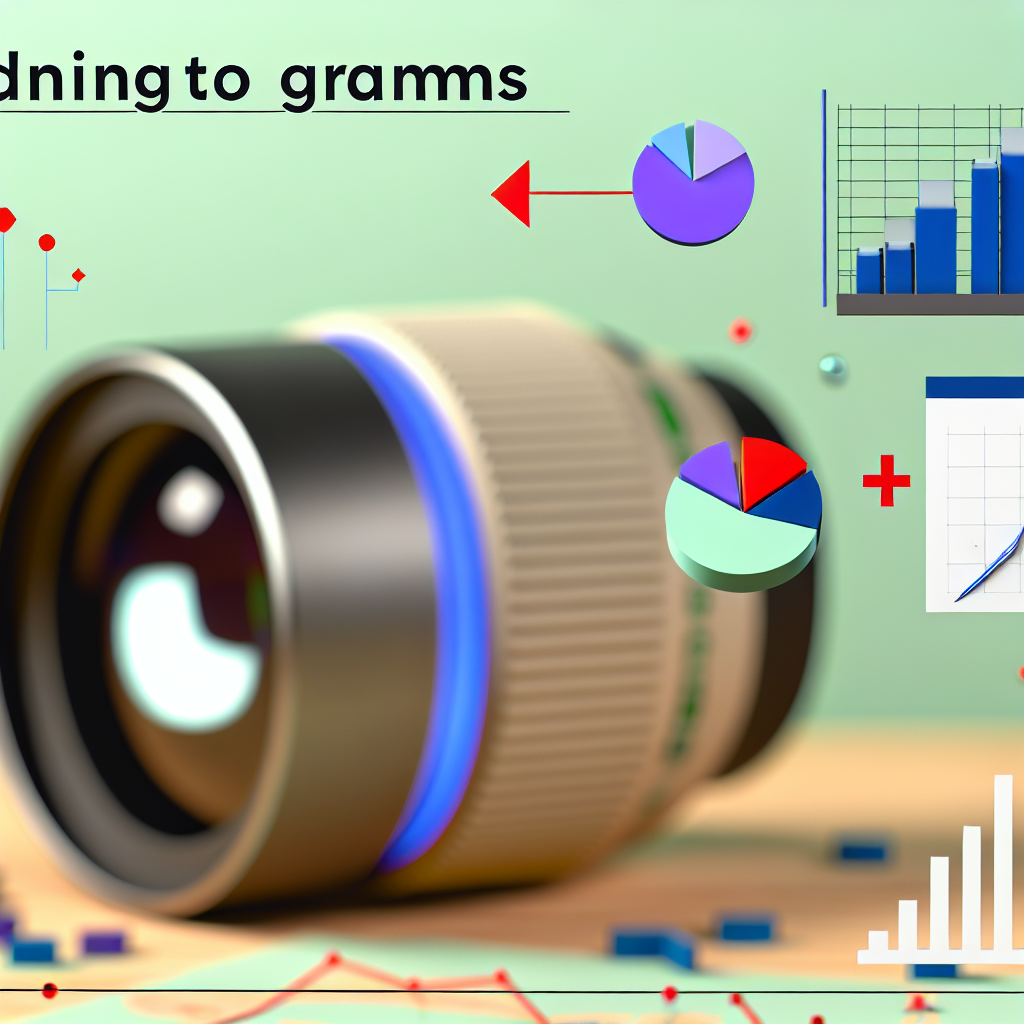Creating and adding data to a graph can seem daunting for beginners, but with the right approach, it becomes an easy and efficient process. Whether you’re working with spreadsheets, programming languages, or visualization tools, understanding the fundamental steps can significantly streamline your data representation. In this article, we’ll explore simple methods to create and add data to your graphs effectively.
Understanding Your Data and Preparing for Visualization
Before diving into creating a graph, it’s essential to understand your dataset. Start by organizing your data into a clear, structured format—commonly in a spreadsheet or database. Determine what you want to illustrate: trends, comparisons, distributions, or relationships. Proper data preparation involves ensuring accuracy, consistency, and completeness, which directly impacts the effectiveness of your visualizations.
Choose the right type of graph based on your data and your goals. For example, use bar charts for comparisons, line graphs for trends over time, or pie charts for proportions. This initial step ensures your graph will communicate your message clearly and accurately.
Step-by-Step Guide to Creating and Adding Data to a Graph
Creating a graph and adding data can be broken down into manageable steps, making the process accessible even for beginners:
- Select a visualization tool or software: Options include Excel, Google Sheets, Tableau, or programming languages like Python with libraries such as Matplotlib or Seaborn.
- Input your data: Enter your organized data into the tool. If working with spreadsheets, ensure that your data is arranged logically, with headers representing categories or axes.
- Create the initial graph: Use the software’s chart or graph creation feature. For example, in Excel, select your data range and choose the desired chart type from the Insert menu.
- Add or update data points: Click on the graph to access data editing options. You can add new data points directly in the spreadsheet, and the graph will update dynamically to reflect the changes. For programming, append new data arrays or data frames followed by re-rendering the chart.
- Customize your graph: Adjust labels, colors, legends, and axes to enhance clarity. Proper labeling helps viewers understand the data at a glance.
Automation features like dynamic data ranges and linked data sources can further simplify the process by automatically updating your visualization as data changes, saving time and reducing errors.
Final Thoughts
Creating and adding data to a graph is manageable once you understand your data, select the appropriate tools, and follow organized steps. By preparing your data properly and utilizing visualization features effectively, you can produce insightful, professional-looking graphs with minimal effort. Mastering these techniques will improve your data storytelling and aid in clearer communication of your insights.
